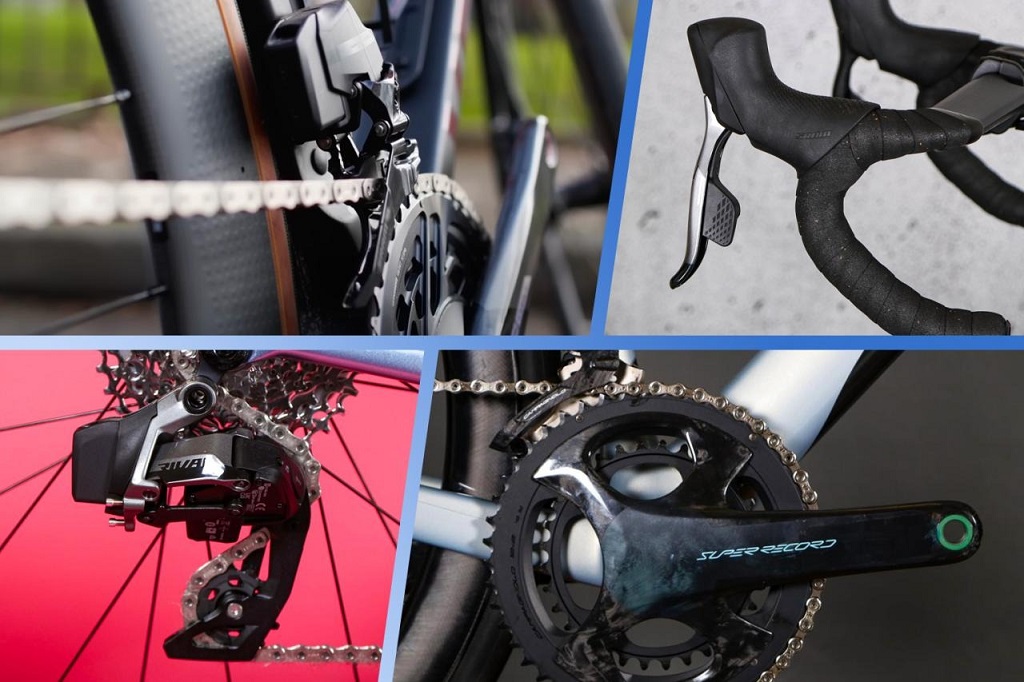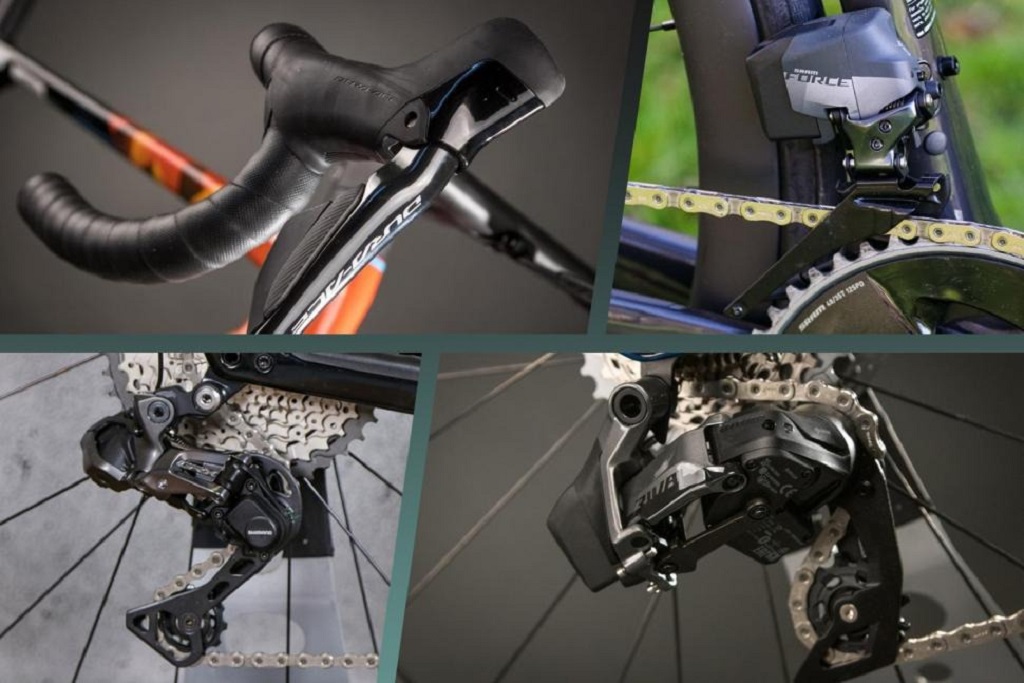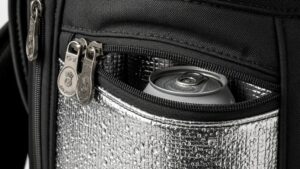Mastering Di2 Electronic Shifting: A Complete Guide to Optimal Performance

Di2 electronic shifting has revolutionized cycling, offering precise and reliable gear changes that were once unimaginable with traditional mechanical systems. If you’re a cyclist, you already know how crucial smooth shifting is to your ride, especially during climbs, sprints, or long endurance rides. But what happens when your Di2 system isn’t performing at its peak? This comprehensive guide will walk you through how to adjust Di2 electronic shifting for optimal performance. Whether you’re a seasoned cyclist or a beginner, we’ll ensure you’re equipped with the knowledge to ride like a pro.
Why Proper Adjustment of Di2 Electronic Shifting Matters

The Shimano Di2 electronic shifting system is lauded for its reliability and precision, but even the best technology requires maintenance. Poorly adjusted shifting can lead to missed gears, chain rub, or excessive battery drain. Worse yet, it can diminish your cycling performance and enjoyment.
According to a study by Cycling Weekly, nearly 70% of riders encounter shifting issues due to improper setup or lack of regular calibration. By maintaining your Di2 system, you can avoid common frustrations and focus solely on your ride. Explore Outdoorxsports for more tips and insights.
Getting Started: What You Need for Di2 Adjustments
Before diving into adjustments, gather the necessary tools. The right equipment ensures accuracy and reduces the risk of damaging components. Here’s what you’ll need:
- A fully charged Di2 battery
- Shimano E-Tube Project app or PC software
- A micro USB or Bluetooth connection device
- Clean cloth and chain lubricant
- Torque wrench
Having these tools on hand will make the process smoother and safer, saving time and ensuring optimal results.
Understanding Di2 Electronic Shifting Basics
The Di2 system is driven by small servo motors controlled by electronic signals. Unlike mechanical shifters, where cables stretch and wear out, the Di2 provides crisp and consistent shifts every time. However, its performance hinges on proper alignment, calibration, and firmware updates.
The key components of the Di2 system include:
- Shifters: Located on the handlebars, they send signals to the derailleurs.
- Front Derailleur: Moves the chain between chainrings.
- Rear Derailleur: Shifts the chain across the cassette.
- Battery: Powers the system, lasting between 1,000 and 2,000 kilometers per charge.
- Junction Box: Acts as the control hub for the system.
Read More Also: Understanding a Rattling Noise When Accelerating Uphill in a Truck
Step-by-Step Guide to Adjust Di2 Electronic Shifting
-
Check Battery Health
Start by ensuring your Di2 battery is fully charged. A low battery can cause erratic shifting or system failure mid-ride. Most Di2 systems provide a warning when the battery level drops below 25%, but it’s always better to charge it before long rides.
-
Inspect the Derailleurs
The alignment of your front and rear derailleurs is critical for smooth shifting. Place your bike on a stand, shift through all gears, and observe if the chain moves smoothly without hesitation or noise.
-
Perform a Micro Adjustment
Di2 systems allow fine-tuning via the shifters:
- Enter adjustment mode by holding down the button on the junction box until the light blinks.
- Shift up or down using the shifters to fine-tune derailleur alignment.
- Exit adjustment mode by pressing the junction box button again.
-
Check for Firmware Updates
Using the Shimano E-Tube app or PC software, check for firmware updates. Keeping your system updated enhances performance and fixes bugs.
-
Calibrate the System
Calibration ensures the derailleurs are aligned properly. Follow these steps:
- Use the E-Tube app to run a system diagnostic.
- Adjust derailleur limits as needed, ensuring the chain doesn’t overshoot or rub.
- Save settings and test on the road.
Common Issues and How to Fix Them
Missed Shifts or Chain Rub
- Cause: Misaligned derailleurs or stretched chain.
- Solution: Recheck derailleur alignment and lubricate the chain.
System Not Responding
- Cause: Low battery or loose connections.
- Solution: Tighten all connections and recharge the battery.
Noisy Shifting
- Cause: Worn-out chain or cassette.
- Solution: Replace worn components and ensure proper lubrication.
Pro Tips for Maintaining Di2 Performance
- Regularly clean your drivetrain to prevent dirt buildup, which can impact shifting performance.
- Store your bike indoors to protect the electronics from extreme temperatures.
- Replace your Di2 battery every 2–4 years to ensure reliable performance.
- Periodically inspect and tighten bolts using a torque wrench to prevent derailleur misalignment.
How Long Is a Bicycle and Why It Matters for Di2 Adjustment
When considering your bike’s setup, understanding how long is a bicycle is surprisingly important. The average length of a bike ranges from 68–70 inches. This measurement impacts cable routing, derailleur placement, and overall drivetrain performance. For more details, click on https://outdoorxsports.com/what-is-the-average-length-of-bike-25344/.
Integrating Di2 Shifting with Modern Cycling Technology
Di2 systems integrate seamlessly with GPS cycling computers, allowing you to monitor gear changes, battery life, and performance metrics in real time. Many riders use devices like the Garmin Edge to sync their Di2 system and gain deeper insights into their rides.
FAQs
How often should I charge my Di2 battery?
The Di2 battery typically lasts between 1,000–2,000 kilometers per charge. For frequent riders, charging every few weeks is recommended.
What tools do I need to adjust Di2 shifting?
You’ll need the Shimano E-Tube app or software, a torque wrench, and a micro USB or Bluetooth connector.
Why is my Di2 shifting slow?
Slow shifting can result from a low battery, dirty drivetrain, or outdated firmware. Address these issues to restore performance.
Can I use Di2 on any bike?
Di2 is compatible with most modern road and mountain bikes. However, proper installation and calibration are key.
How do I update my Di2 firmware?
Use the Shimano E-Tube Project app or connect your system to a PC for updates. Follow the on-screen instructions for a smooth update process.
Is Di2 worth the investment?
Absolutely. Di2 offers precise, reliable, and low-maintenance shifting that enhances the overall cycling experience.
Conclusion
Adjusting Di2 electronic shifting for optimal performance isn’t just about technical know-how; it’s about unlocking the full potential of your bike. With proper maintenance, fine-tuning, and the use of modern tools like the Shimano E-Tube app, your rides can be smoother, faster, and more enjoyable. If you’re ready to elevate your cycling game, start by implementing the steps outlined in this guide.







